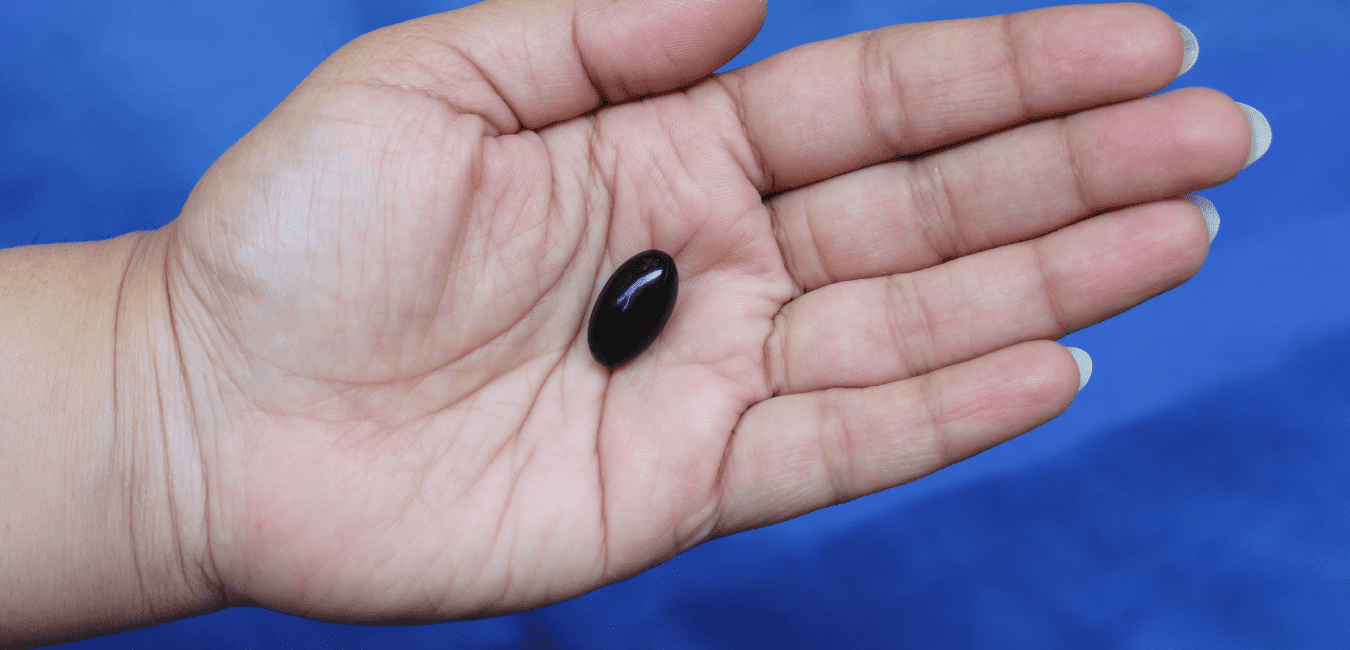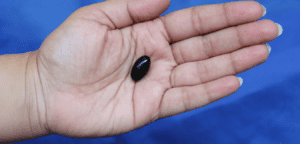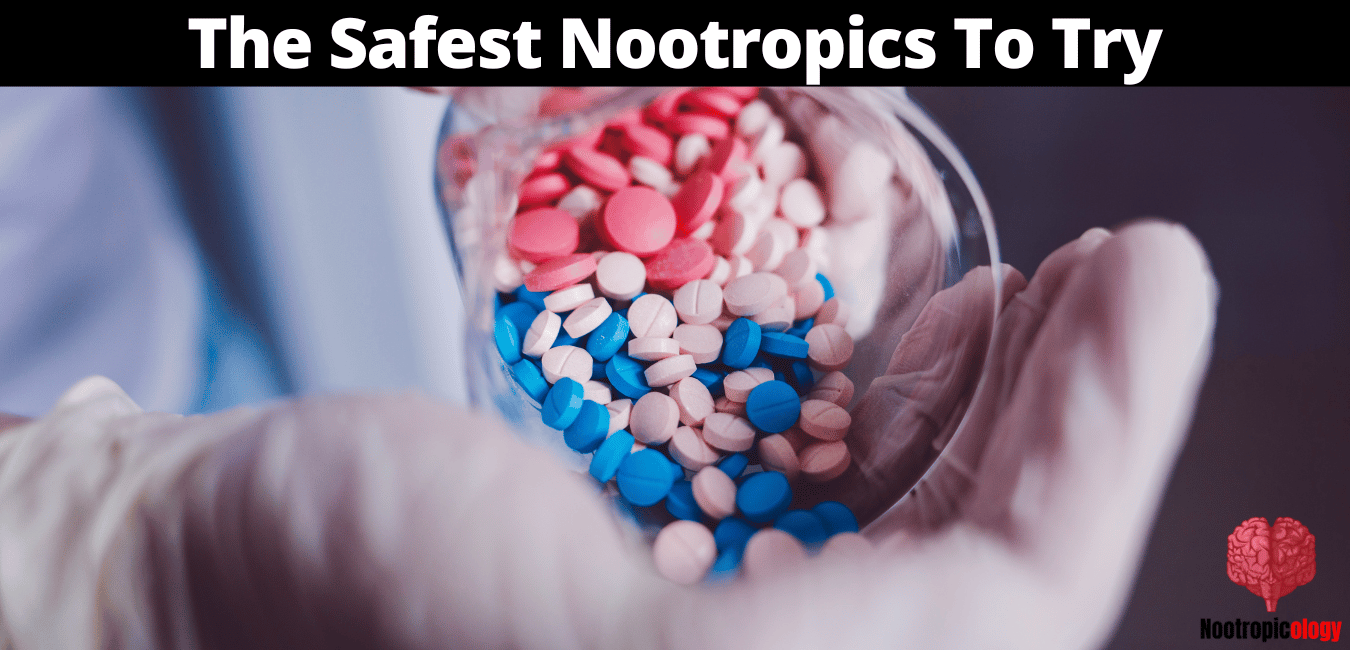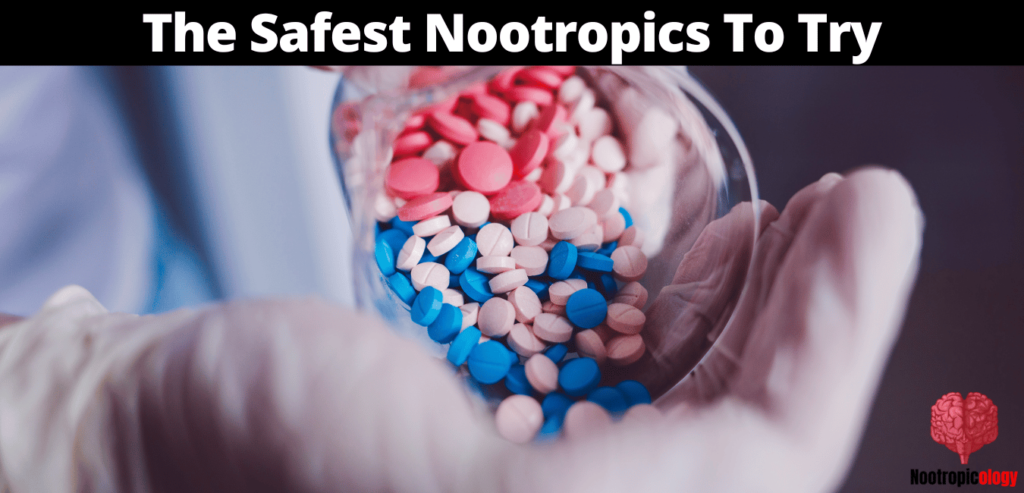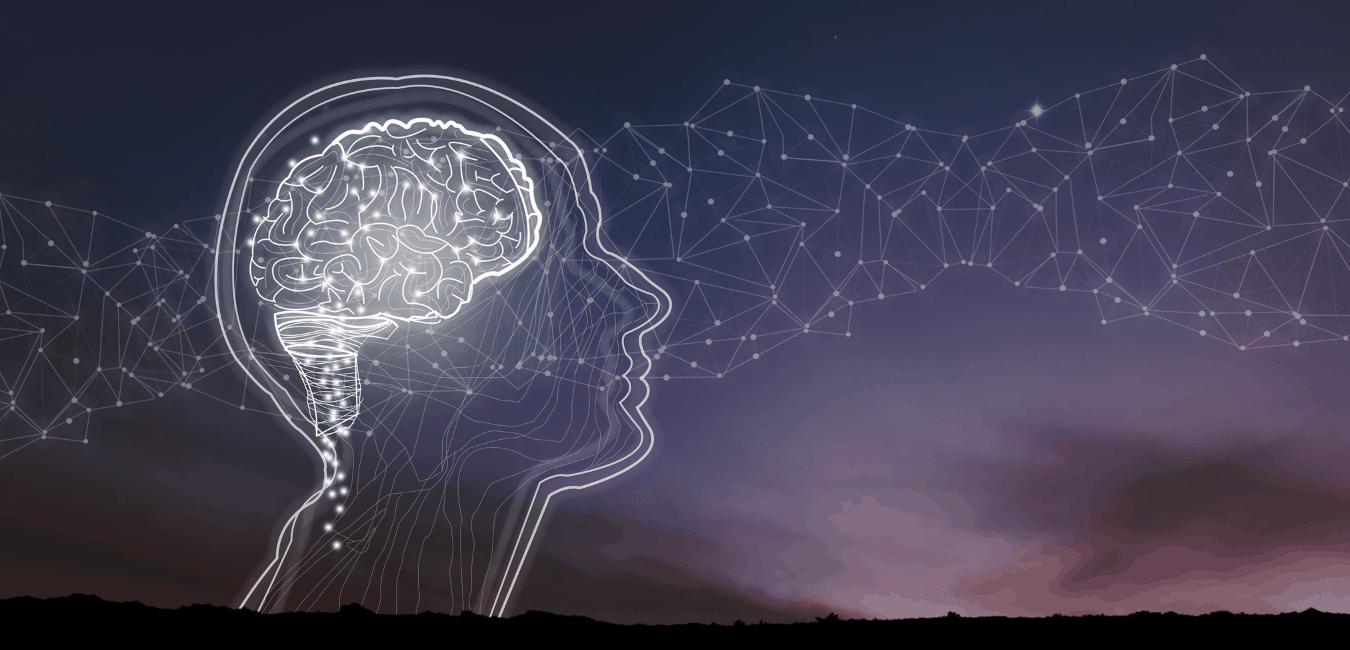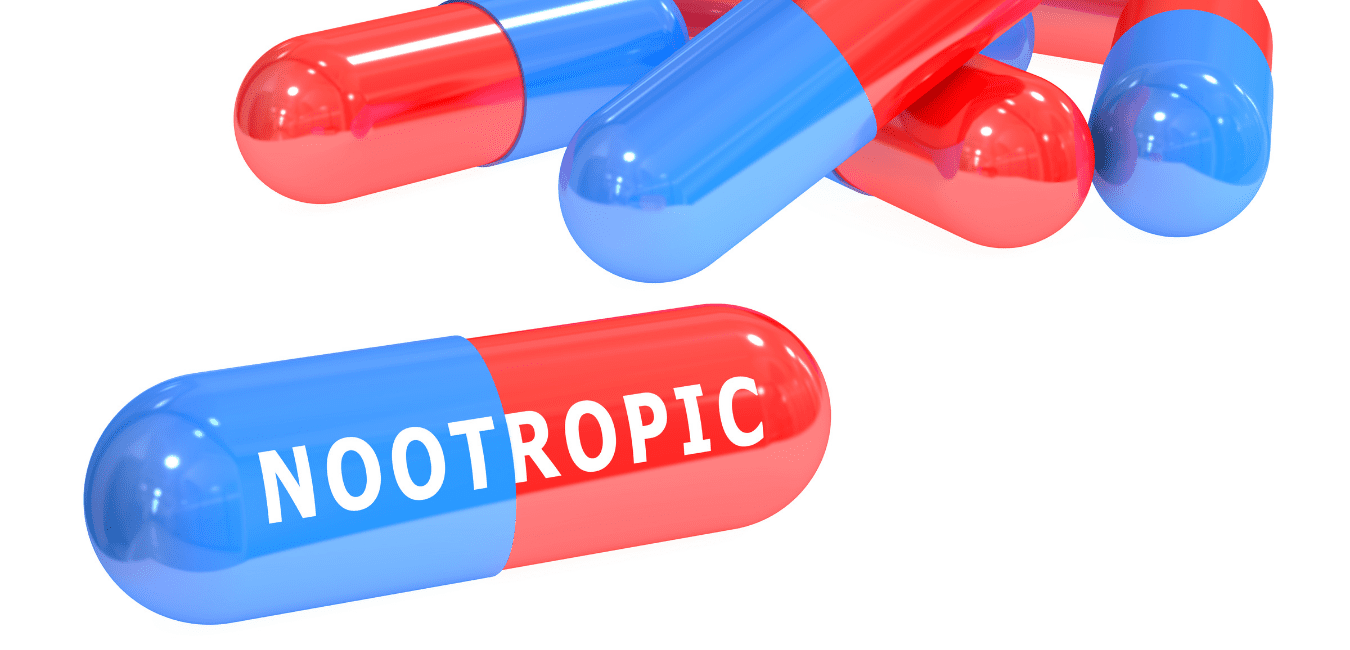
123I-Ioflupane
123I-Ioflupane (also known as Datscan, Ioflupane, and [I-123] N-ω-fluoropropyl- 2β-carbomethoxy- 3β-(4-iodophenyl) nortropane methyl) is an injected radiopharmaceutical used to diagnose Parkinson's disease. It contains an iodine atom attached to a chemical called ioflupane, which binds to the dopamine transporters in the brain. When scanned by a specialized computer with a nuclear medicine imaging device, the image reveals regions of the brain where dopamine transporters are located.
2C-D
2C-D (also known as 2C-M, 2C-D, LE-25, and 2,5-Dimethoxy-4-methylphenethylamine) is a psychedelic drug of the phenethylamine family. It has perceptual and psychoactive effects, including increased energy and altered states of consciousness. It can be taken orally or snorted in its crystalline powder form. The effects usually last for 3 to 6 hours.
3,4-Dichloromethylphenidate
3,4-Dichloromethylphenidate (also known as 3,4-DCMP or 3,4-CTMP) is a stimulant drug related to methylphenidate. It is a potent psychostimulant that acts on the central nervous system (CNS) and has been used in the treatment of attention deficit hyperactivity disorder (ADHD). It has also been studied for its potential to treat depression.
4 CTMP
Dichloropane (also known as 4 CTMP) is a stimulant of the phenyltropane class that acts as a serotonin–norepinephrine–dopamine reuptake inhibitor (SNDRI) with IC50 values of 3.13, 0.79, and 18 nM for the reuptake of serotonin, norepinephrine, and dopamine respectively. It is a structural analogue of 3,4-CTMP. Its effects include stimulation, thought acceleration, increased heart rate, appetite suppression and bronchodilation.
4-fluoromethylphenidate
4-Fluoromethylphenidate (also known as 4-FMPH and 4F-MPH) is a stimulant drug that belongs to the piperidine chemical class and is the 4-fluoro derivative of methylphenidate (Ritalin). 4F-MPH acts as a higher potency dopamine reuptake inhibitor than its closely related analog Ritalin, meaning it has greater effects on dopamine levels in the brain.
4- Methylmethylphenidate
4-methylmethylphenidate (also known as threo-4-Methylmethylphenidate and 4MeTMP) is a variant of methylphenidate, the active pharmaceutical ingredient in Ritalin that is used to treat Attention Deficit Hyperactivity Disorder (ADHD). 4-Methylmethylphenidate has been studied as a potential cocaine antagonist by blocking the binding of cocaine to the dopamine transporter.
5-HTP
5-hydroxytryptophan (also known as 5-HTP, Oxitriptan, Levothym, Levotonine, Oxyfan, Telesol, Tript-OH, or Triptum) is a compound derived from the essential amino acid tryptophan. It serves as a precursor for serotonin, a neurotransmitter involved in regulating mood and sleep cycles. As such, it is increasingly used as an over-the-counter supplement to help manage feelings of depression and anxiety and improve sleep quality. 5-HTP has also been anecdotally reported to be effective in treating opioid withdrawal symptoms and aiding recovery after MDMA or other drugs that deplete serotonin levels.
Acetildenafil
Acetildenafil (also known as Hongdenafil) is a structural and pharmacological analog of Sildenafil (Viagra), a selective inhibitor of phosphodiesterase type 5 (PDE-5) for the treatment of erectile dysfunction. It is widely used in many 'natural' sexual potency blends. Acetildenafil belongs to the chemical class of pyrazolopyrimidines and has the molecular formula C25H34N6O3.
Acetyl-L-carnitine
Acetyl-L-carnitine (also known as Acetylcarnitine, L-acetylcarnitine, O-Acetyl-L-carnitine, and ALCAR) is an acetylated form of the amino acid lysine, which is naturally produced in the liver and kidneys. This synthesized form can easily cross the blood-brain barrier (BBB), making it a powerful nootropic. ALCAR targets brain metabolism boosts mitochondria energy and acts as a neuroprotectant by protecting neurotransmitters. It plays a critical role in the mitochondrial energy production process by providing an acetyl group to replenish Coenzyme A (CoA), which is essential for the Krebs cycle.
Adderall
Adderall (also known as Adderall XR and Mydayis) is a psychostimulant medication composed of four different amphetamine salts: dextroamphetamine saccharate, dextroamphetamine sulfate, racemic amphetamine aspartate monohydrate, and racemic amphetamine sulfate. This combination drug is used to treat attention deficit hyperactivity disorder (ADHD) and narcolepsy by increasing the activity of the neurotransmitters norepinephrine and dopamine in the brain.
Adrafinil
Adrafinil (CRL40028), sold under the name Olmifon, is a eugeroic drug originally developed in France in the 1970s and approved to treat narcolepsy and other sleep-related disorders. Referred to as a prodrug of Modafinil, Adrafinil works on the noradrenergic system improving alertness, attention, wakefulness, and mood, as well as reducing fatigue and increasing motivation.
Alpha-GPC
Alpha-GPC, also known as L-alpha glycerylphosphorylcholine or choline alfoscerate, is a compound naturally occurring in the brain. It comprises a choline group bound to a phosphate and glycerol molecule. Alpha-GPC is an important source of choline, essential in many bodily functions, such as cell signaling and communication, nerve function, metabolism, and muscle control. Alpha-GPC increases the levels of acetylcholine (ACh) in the body, allowing for better memory recall and learning capacity.
Aminotadalafil
Aminotadalafil (also known as Amino Tadalafil, RR-ATDF, and UNII-FY501QO030) is a synthetic analog of Tadalafil, better known by its brand name Sildenafil. Aminotadalafil has been used in medical treatments such as erectile dysfunction and pulmonary hypertension. Aminotadalfil has also been missold in ‘Alpha Male’ sexual enhancer supplements due to its close resemblance to tadalafil in terms of structure and mechanism of action.
Aniracetam
Aniracetam (1-(p-methoxybenzoyl)-2-pyrrolidinone) is a nootropic of the racetam family with an additional anisoyl ring and a methoxy group at the para position. Aniracetam modulates the AMPA receptor, and when taken orally it is quickly broken down into metabolites such as N-anisoyl-GABA, 2-Pyrrolidinone, and p-anisic acid. Plasma concentrations of Aniracetam and its active metabolite typically range between 5–15 μg/L and 5–15 mg/L respectively in the few hours following oral administration. Aniracetam is known by a number of brand names such as Draganon, Sarpul, Ampamet, Memodrin, and Referan.
Areca Nut
Areca Nut, commonly known as the Betel Nut Chewing, is a fruit derived from the Areca catechu palm tree native to South East Asia. The nut contains the stimulant arecoline and is often chewed alone or combined with mineral lime and wrapped in a Betel pepper plant leaf. Arecoline is a nicotinic acid-based mild parasympathomimetic stimulant, which is mainly responsible for the psychoactive effects of chewing the nut.
Arecoline (Transdermal Patch)
Arecoline is an alkaloid natural product found in oil form in the areca nut, the fruit of the areca palm (Areca catechu). Arecoline is a muscarinic cholinergic receptor agonist with a short half-life in the blood. To bypass this issue, arecoline transdermal patches have been developed. These patches offer advantages such as avoiding the hepatic first-pass effect, maintaining constant drug levels over longer periods, reducing the frequency of dosing, and providing greater patient compliance due to the ease of termination of medication.
Armodafinil
Armodafinil, also known by its trade names, Nuvigil, Waklert, and Artvigil, is an enantiopure compound of the eugeroic Modafinil (Provigil). It comprises only the R-(-)-enantiomer of racemic Modafinil. It is developed and marketed by Cephalon Inc. Armodafinil possesses wake-promoting properties that are similar to those of sympathomimetic agents, such as increased alertness, improved response times, and memory retention. Armodafinil is an indirect dopamine receptor agonist. It binds to the dopamine transporter (DAT) protein and inhibits the reuptake of dopamine into presynaptic neurons.
Atomoxetine
Atomoxetine (sold under Strattera) is a medication that is used to treat attention deficit hyperactivity disorder (ADHD). It belongs to the class of serotonin and norepinephrine reuptake inhibitors (SNRIs), which prevent the reuptake of norepinephrine throughout the brain. Mechanistically, it inhibits the presynaptic norepinephrine transporter (NET) and dopamine reuptake in specific brain regions such as the prefrontal cortex. Atomoxetine has been shown to increase catecholamine concentrations in the prefrontal cortex without altering dopamine levels.
B-HO-Hordenine
Hordenine (N,N-dimethyltyramine), a phenethylamine alkaloid found in plants such as barley, is the N-methyl derivative of N-methyltyramine and the dimethyl version of tyramine. Hordenine is an indirectly acting adrenergic drug belonging to the phenethylamine class of compounds. It functions as a monoamine oxidase inhibitor (MAOI), which results in increased concentrations of neurotransmitters such as norepinephrine and dopamine.
Bacopa Monnieri
Bacopa Monnieri, commonly known as Brahmi, is an ancient medicinal herb traditionally used in Ayurveda for its memory-enhancing properties. It modulates the neurotransmitters serotonin, dopamine, noradrenaline, acetylcholine (ACh), GABA, and glutamate. Bacopa Monnieri enhances stress resilience by improving the antioxidant status of neurons and increasing the neurotransmitter ACh.
Benzyl Cyanide (BnCN)
Benzyl Cyanide (BnCN), also known as 2-Phenylacetonitrile, α-Tolunitrile, or Benzylnitrile, is an organic compound with the chemical formula C6H5CH2CN. It is a useful precursor to numerous pharmaceuticals due to its ability to undergo various chemical reactions to produce a range of products. One class of pharmaceuticals that can be produced from benzyl cyanide is anorectics, such as Sibutramine. Anorectics are drugs that suppress appetite and are used in the treatment of obesity.
Beta-asarone
Beta-asarone, also known as cis-Isoasarone, (Z)-Asarone, or cis-2,4,5-Trimethoxyphenylprop-1-ene, is a chemical compound of the phenylpropanoid class. It is one of two isomers of Asarone and can be found in certain plants, such as Acorus and Asarum. Beta-asarone is of interest as a nootropic due to its potential cognitive-enhancing effects. However, its safety and legality are a concern as it can be metabolized into the controlled substance trimethoxyamphetamine.
Caffeine
Caffeine, also known as 1,3,7-trimethylxanthine, methyltheobromine, or by various brand names such as Vivarin and Cafcit, is an alkaloid with a substituted xanthine core. Caffeine is a central nervous system stimulant (CNS) and a natural psychoactive substance found in coffee, tea, and other plant-based foods. It is one of the most widely consumed psychoactive substances worldwide and has been studied extensively for its effects on alertness, attention, and cognitive performance.
Catechins
Catechins are a group of natural compounds found in green tea extract, which is derived from the leaves of the Camellia sinensis plant. The major catechins found in green tea are epicatechin (EC), epicatechin gallate (ECG), epigallocatechin (EGC), and epigallocatechin gallate (EGCG). Catechins have a chemical structure characterized by a dihydroxybenzene ring and a dihydroxyphenyl group that are linked by a carbon-carbon bond. Specifically, the chemical structure of catechins is (2S,3R)-2-(3,4-dihydroxyphenyl)-3,4-dihydro-2H-chromene-3,5,7-triol. The catechins in green tea are thought to have various health benefits, including antioxidant, anti-inflammatory, and cognitive-enhancing effects.
Celastrus Paniculatus
Celastrus Paniculatus, also known as Black oil plant, climbing staff tree, or intellect tree, is a woody vine that bears fruit and is native to India. Its seeds have been used in Ayurvedic medicine for their various medicinal properties. Black oil plant seeds are a rich source of bioactive compounds, including sesquiterpenes, flavonoids, and alkaloids, which have been found to exhibit antioxidant, anti-inflammatory, and neuroprotective effects. The ability of Celastrus Paniculatus to protect the brain and improve cognitive functions, including memory, makes it a promising nootropic agent.
Centrophenoxine
Centrophenoxine, also known as meclofenoxate, is a cholinergic compound that is derived from the drug for arthritis, meclofenamic acid. When ingested, the liver breaks it down into two metabolites, dimethylaminoethanol (DMAE) and parachlorophenoxyacetic acid (PCPA). DMAE is a precursor to the neurotransmitter acetylcholine (ACh) and is thought to enhance cholinergic transmission in the brain. This, in turn, is believed to contribute to its mild memory-enhancing effects.
Choline Bitartrate
Choline Bitartrate is a salt of choline and tartaric acid, consisting of a quaternary ammonium cation connected to an alcohol group by an ethyl chain. The quaternary ammonium cation of choline is charged, enabling it to form salts with various anions. Choline Bitartrate has been used as a dietary supplement to provide choline, a nutrient necessary for synthesizing the neurotransmitter acetylcholine (ACh), which is important for memory and cognitive function.
Cinnamon Extract
Cinnamon Extract is a preparation derived from the bark of various Cinnamomum species, including Cinnamomum verum and Cinnamomum cassia. It contains a complex mixture of biologically active compounds, including cinnamaldehyde, cinnamic acid, and flavonoids. These compounds have been shown to possess antioxidant, anti-inflammatory, and neuroprotective properties, which may contribute to Cinnamon Extract's potential cognitive benefits. Additionally, Cinnamon Extract has been traditionally used in herbal medicine for various purposes, including managing blood sugar levels and digestive disorders.
Citicoline (CDP-Choline)
Citicoline, also known as cytidine diphosphate-choline or CDP-Choline, is a naturally occurring compound found in human cells and is used as a dietary supplement. Its chemical structure consists of a cytidine nucleoside connected to a choline group via a diphosphate bridge. Citicoline is an intermediate in the biosynthesis of phosphatidylcholine, a vital phospholipid in cell membranes. Its chemical properties and physiological effects suggest that it has beneficial effects on cognitive function, particularly memory and attention, as well as neuroprotection.
Coluracetam
Coluracetam is a synthetic compound belonging to the racetam family. It consists of a pyrrolidine nucleus and an acetamide group with a ketone bond. Coluracetam has a unique furoquinoline structure, which is not found in other racetams. It is a high-affinity choline uptake facilitator, which benefits people with CNS disorders, depression, and anxiety. It has also been reported to promote neuron growth, which may be helpful in the treatment of major depressive disorder and anxiety.
source https://nootropicology.com/nootropics-list/
